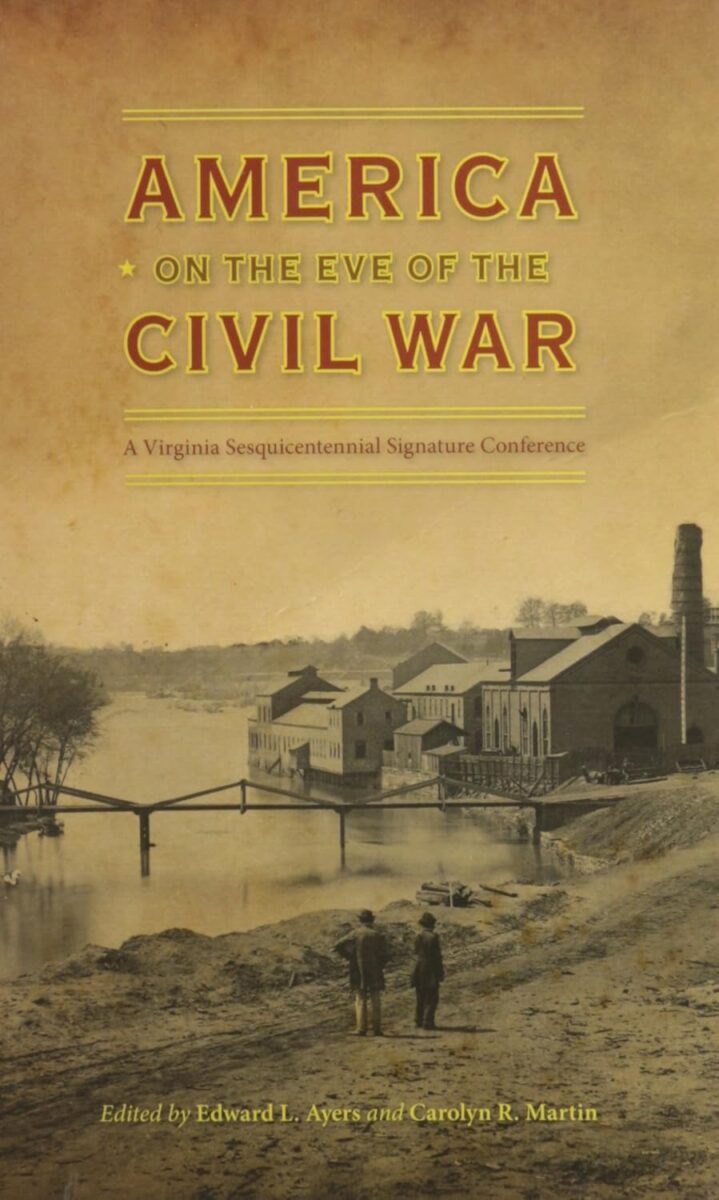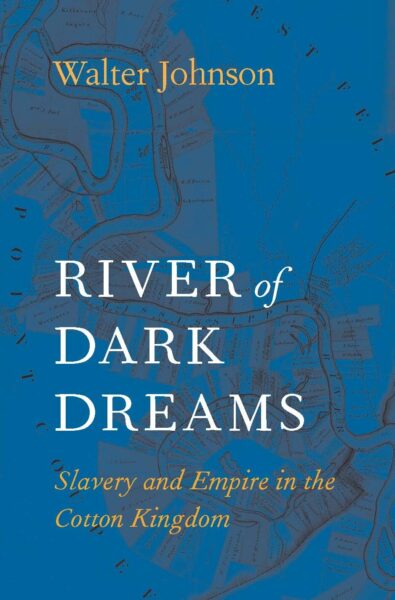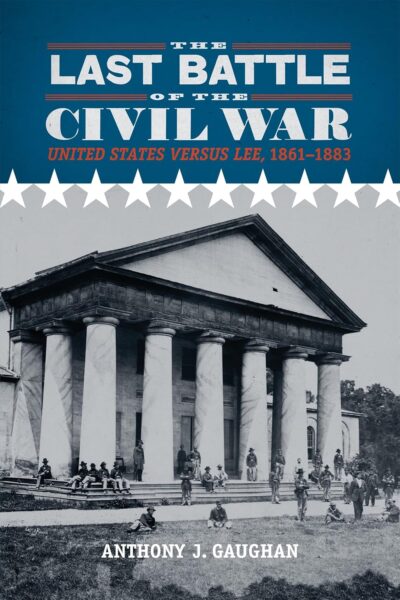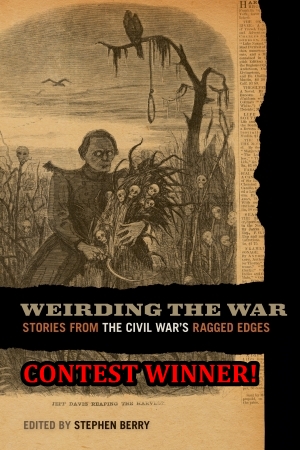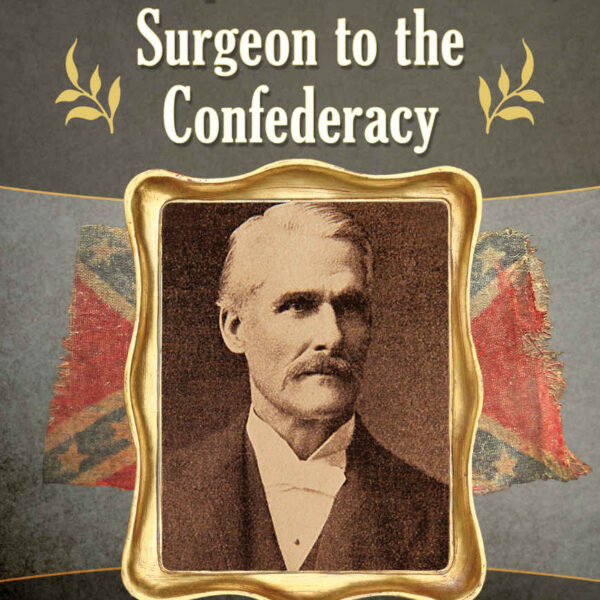At first glance, America on the Eve of the Civil War: A Virginia Sesquicentennial Signature Conference stands apart from most edited volumes both in aim and in organization. Essentially a transcription of the Virginia Sesquicentennial of the American Civil War Commission Conference held in Richmond, Virginia, the book explores the late antebellum period and the coming of the Civil War with one intriguing premise: that the “participants in the conversation” would invoke “nothing after December 31, 1859” (2). In other words, they were to discuss the various political, economic, social, and cultural issues associated with the coming of the Civil War without the knowledge that the war would, in fact, begin. The esteemed panel participants represented a variety of historical approaches and interests and included Edward Ayers, who served as moderator throughout the conference, David Blight, Christy Coleman, Gary Gallagher, Walter Johnson, and Joan Waugh, among others. The panel discussions focused on Virginia and on Richmond in particular, though the themes and issues often encompassed larger southern and national concerns during the 1850s.
The book opens with an introduction by Ed Ayers, in which he notes that the main goal of the conference was to bring together a diverse group of historians as well as an audience of teachers, students, enthusiasts and even a digital audience via streaming video to discuss the “causes, events, and consequences” of the American Civil War (1). Ayers also points out that the discussions and questions from the audience indicate that “struggle, change, and complexity now dominate where broad generalization once characterized the representation” of nineteenth-century Americans “in our history books” (7). Ultimately, the book addresses familiar historiographic debates—such as the state of slavery in the late antebellum period—with ease and tact.
The remainder of the book is organized into four chapters arranged by panel topic, starting with “Taking Stock of the Nation in 1859.” With Ayers moderating, Coleman, Gallagher, Johnson, and Waugh explore some of the major events, changes, and concerns that gripped the nation in the late antebellum period. The panelists described the transportation and communication “revolution” due to increasing railroad track mileage, the explosion of newspapers and printing, and the telegraph. In addition, they contextualize the tensions over slavery in terms of immigration, economics, western expansion, and race itself, correcting traditional narratives of northern racial equality with more realistic depictions of racial views in nineteenth-century America as a whole.
The second chapter, “The Future of Virginia and the South,” discusses the South’s—and more specifically, Virginia’s—place within the rapidly changing United States. Panel members Charles Dew, Robert Kenzer, Gregg Kimball, and Lauranett Lee describe Virginia’s complicated place within “the South”—a South that the panelists felt had too “many different components” to be united “ideologically, economically, or demographically ” (38). Much of the chapter centers on Richmond, the capital of Virginia and quite the industrial city before and during the war. The panel showed particular interest in describing the future of slavery in the Upper South and the lives of free blacks living in Virginia. They demonstrated slavery’s vital part in trade, agrarian production, as well as in industry in cities such as Richmond and Fredericksburg. Ultimately, their discussion provided substantial evidence that slavery in Virginia was stronger than ever and was shifting into new types of labor as late as 1859, which shocked many audience members familiar with older historical narratives about slavery’s decreasing importance. The panelists addressed Virginians’ concerns about their decreasing political power as the state lost population and thus, power in the House of Representatives.
One of the panel discussions situated John Brown’s raid in October 1859 within newer historiographic interpretations to reevaluate the event’s planning and results. Manisha Sinha and David Reynolds question the notion that the raid was a “military disaster” by contextualizing Brown’s actions within slave rebellions more generally, showing that their secretive planning often had serious results on their outcomes. The panelists later discuss the relationship between religion and abolitionism more generally, describing how both proslavery and antislavery advocates used religion to validate their positions. Finally, the panelists describ how northern opinion of John Brown changed from shock and disgust to reverence between the date of the raid and his execution.
The final chapter on “predictions” for the election of 1860 considers the contenders and issues at hand in the election without discussing the war itself. The chapter covers the political scene in the 1850s, including the fall of the Whigs, the rise of the Republicans, the Democratic Party’s split, and a multitude of smaller parties, such as the Know-Nothings and Free-Soilers. They discuss fears of “disunion,” nativism, violence in Kansas, and heightened conflict in Congress following Charles Sumner’s caning by Preston Brooks (92). Ultimately, the panel contends that the political scene captivated many Americans North and South as they considered the outcome and consequences of the upcoming election.
Also included in the book are two question and answer sessions that allowed audience members and those following along via streaming video to ask the panel members specific questions about the topics they covered. In both cases, these sessions provide insight into what popular narratives about the late antebellum period still exist.
America on the Eve of the Civil War is a fairly quick read and one that is good for both the general public and trained historians. The depth of information about Richmond compliments the breadth available on national concerns in the 1850s, which allows the book to seem broad and specific at the same time. The discussion jumps from subject to subject quickly, in part because it is the transcription of a conference. As a result, some readers may be overwhelmed by the format and amount of information, and the opposite: some readers may find the book a little too basic and broad. Overall, the book offers a streamlined discussion of current (and past) historical thought on the late antebellum period without using our privilege of hindsight, providing a unique interpretation that is certainly worth the read.
Katherine Brackett is a Ph. D. Student in History at the University of Georgia.
